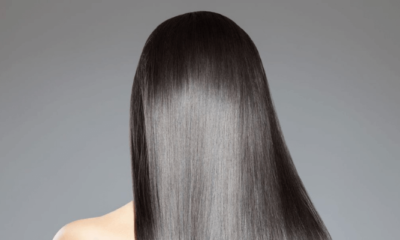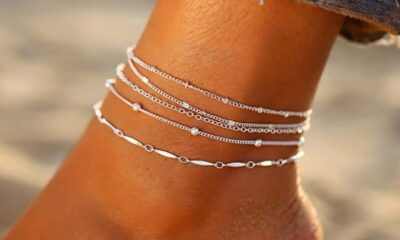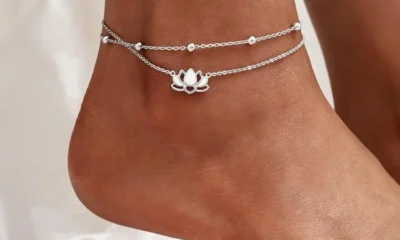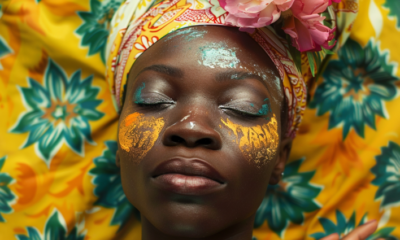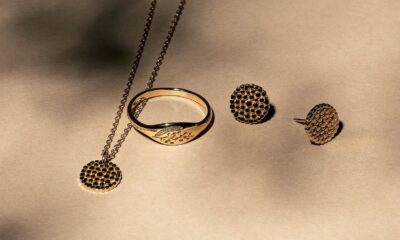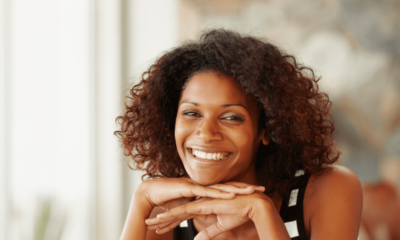BEAUTY
Statements You Make With Freeform Dreadlocks & Myths Around It
Published
9 months agoon
By
wpadminee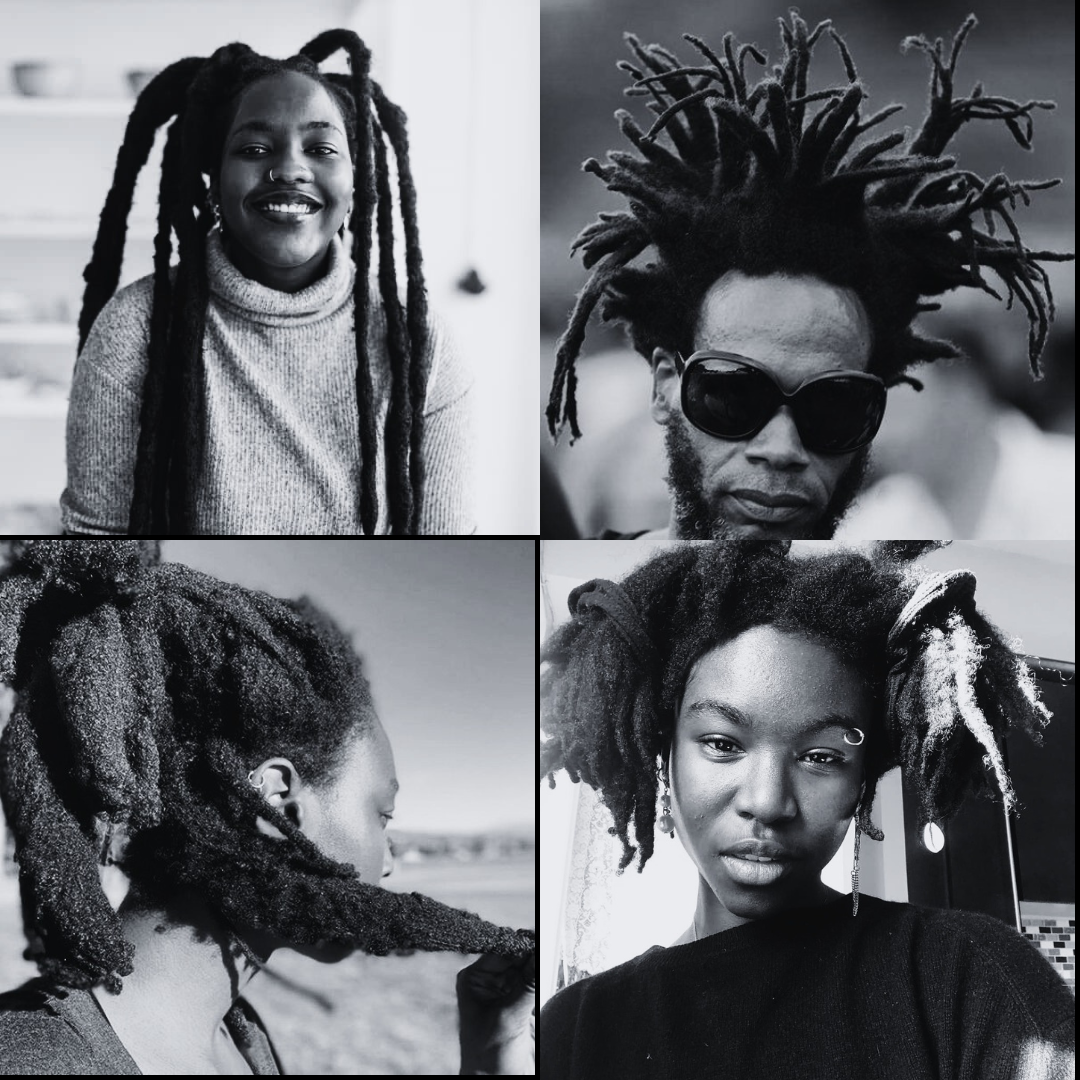
Freeform dreadlocks are more than just a hairstyle; they’re a statement. They represent individuality, self-expression, and a connection to one’s roots. Let’s dive into the powerful messages people often convey with this unique hair choice.
Embracing Natural Beauty
Choosing freeform dreadlocks is a declaration of embracing one’s natural hair texture. It’s a rejection of societal pressures to conform to Eurocentric beauty standards. Many people see it as a celebration of their heritage and a way to connect with their cultural identity.
Individuality and Self-Expression
Freeform dreadlocks are a bold statement of individuality. They allow people to express their unique personality and style without conforming to mainstream trends. It’s a visual representation of one’s inner world, a way to stand out from the crowd and to defy societal norms.
Low-Maintenance Lifestyle
For many, freeform dreadlocks symbolize a low-maintenance lifestyle. Unlike other hairstyles that require frequent styling and product use, dreadlocks offer a carefree approach to hair care. This freedom from daily hair routines appeals to those seeking a more relaxed and effortless look.
Spiritual Connection
For some, the hairstyle holds spiritual significance. They may be seen as a symbol of connection to a higher power or as a representation of personal growth and transformation. The journey of growing dreadlocks can be a deeply spiritual experience for many individuals.
Challenging Stereotypes
Freeform dreadlocks have often been associated with negative stereotypes. By choosing this hairstyle, people are challenging these preconceived notions and helping to shift societal perceptions. It’s a way to redefine beauty standards and promote inclusivity.
It’s important to remember that everyone’s reasons for choosing freeform dreadlocks are personal and unique. There is no one-size-fits-all explanation for this hairstyle. Ultimately, it’s a powerful statement that reflects the individual wearing it.
Myths Around Freeform Dreadlocks
Freeform dreadlocks are a hairstyle that embraces the natural process of hair matting and tangling without external manipulation.
While this style can be a powerful statement of individuality, it’s often surrounded by misconceptions. Let’s dispel some common myths below.
Myth 1: Freeform Dreadlocks Are Unhygienic
Contrary to popular belief, this hairstyle does not inherently harbour dirt or bacteria. With proper care, they can be as clean and healthy as any other hairstyle.
Regular washing with a gentle, sulfate-free shampoo and thorough rinsing are crucial for maintaining scalp health and preventing product buildup.
Myth 2: They Damage Your Hair
While the process of freeforming can be stressful on the hair, it doesn’t inevitably lead to damage. The key lies in proper care. Using gentle products, avoiding excessive manipulation, and incorporating regular moisturizing treatments can help minimize potential hair stress.
Myth 3: They Are Only for Certain Hair Types
The notion that freeform dreadlocks are exclusive to specific hair textures is unfounded. While some hair types may lock faster than others, with patience and the right care, individuals with various hair textures can achieve this style.
Myth 4: Freeform Dreadlocks Are a Sign of Rebellion or Neglect
They are often mistakenly associated with countercultural or rebellious lifestyles. However, the reasons for choosing this hairstyle are diverse.
Personal expression, cultural connection, or simply a desire for low-maintenance hair care can motivate individuals to embrace freeform dreadlocks.
Myth 5: They Are Irreversible
While undoing freeform dreadlocks can be a time-consuming process, it’s not impossible. With patience, the right products, and potentially professional assistance, it’s possible to restore hair to its natural state.
Remember that every head of hair is unique, and what works for one person may not work for another. If you’re considering freeform dreadlocks, conduct thorough research and experiment to find what suits your hair best.
By dispelling these common myths, we hope to empower individuals to make informed decisions about their hair care journey.
Would you like to know more about the care of this hairstyle or the process of starting and caring for them? Let us know in the comment section.
Get more updates on hair and beauty here.
You may like
BEAUTY
Trying These Would Make Your Synthetic Or Human Hair Wigs Luscious & Beautiful
Published
4 months agoon
December 21, 2024By
wpadminee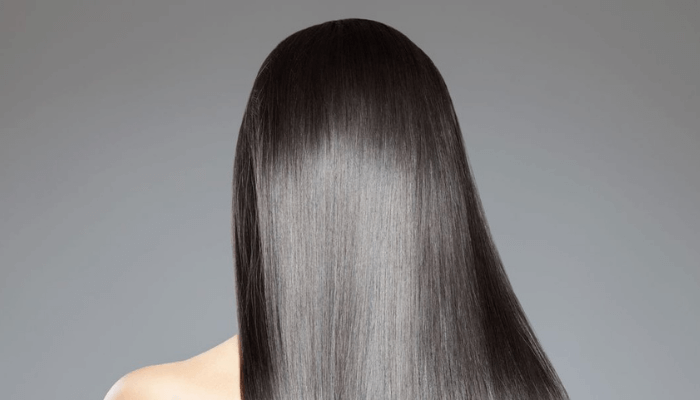
Wigs, whether synthetic or made from human hair, are versatile tools for styling, enhancing your look, or providing a confidence boost.
However, keeping them luscious and beautiful requires proper care and maintenance. Here are effective methods to maintain your wigs and ensure they stay gorgeous.
1. Understand the Material of Your Wig
Synthetic wigs and human hair wigs have different care needs. Synthetic wigs are more affordable and pre-styled, while human hair wigs offer a natural look and greater styling flexibility.
Knowing the material of your wig will guide you in choosing the right products and care methods to keep it luscious and beautiful.
2. Wash Your Wigs Properly
Proper washing is essential to maintain the beauty of both synthetic and human hair wigs:
- Synthetic Wigs: Wash them every 8–10 wears using cool water and specialised wig shampoo. Avoid rubbing or twisting the fibres to prevent tangling and damage.
- Human Hair Wigs: Wash them less frequently, about every 10–15 wears, with sulphate-free shampoos and conditioners. Always rinse with lukewarm water and pat dry gently.
Both types benefit from air drying on a wig stand, as this helps preserve their shape and style.
3. Detangle Before and After Use
Use a wide-tooth comb or wig-specific brush to gently detangle the strands. Start at the tips and work upward to the roots. For synthetic wigs, this prevents breakage, while for human hair wigs, it helps maintain natural smoothness.
4. Conditioning is Key
- Synthetic Wigs: Use wig conditioners designed for synthetic fibres. Focus on the ends, as they are more prone to dryness.
- Human Hair Wigs: Apply leave-in conditioners or serums to keep the strands soft and shiny.
Conditioning ensures your wigs remain luscious and beautiful over time.
5. Store Wigs Properly
Proper storage prevents tangling and helps maintain the style. Use a wig stand or a mannequin head. If you need to travel, pack your wig in a silk or satin bag to reduce friction and keep it looking fresh.
6. Use Heat Carefully
Synthetic wigs are generally heat-sensitive, so avoid styling them with heated tools unless they are heat-resistant. For human hair wigs, use heat tools sparingly and always apply a heat protectant to prevent damage.
7. Avoid Excess Shine on Synthetic Wigs
Some synthetic wigs may appear overly shiny. To reduce the artificial gloss, lightly dust them with baby powder or dry shampoo. This technique gives synthetic wigs a more natural and luscious appearance.
8. Refresh and Restyle Regularly
- Synthetic Wigs: Use styling sprays made specifically for synthetic fibres to refresh the look.
- Human Hair Wigs: You can curl, straighten, or colour them like natural hair, but ensure you use professional-grade products.
Frequent restyling keeps your wigs attractive and aligns them with current trends.
9. Rotate Between Wigs
Having multiple wigs allows each to rest and regain its form, extending its lifespan. Alternating between wigs also gives you variety and reduces wear and tear on a single piece.
10. Seek Professional Care
For extensive maintenance or restyling, consider taking your wig to a professional. Experts can deep-clean, restore, and even repair damages to both synthetic and human hair wigs, ensuring they stay luscious and beautiful for years.
By following these tips, you can ensure your synthetic and human hair wigs remain in excellent condition, radiating beauty and confidence every time you wear them.
Proper care not only extends their lifespan but also enhances your overall appearance, making every day a fabulous hair day.
For more articles on beauty, you can explore resources here.
BEAUTY
Nigerian Model, Samuel Nwajagu Becomes First African To Win Mister International Title
Published
4 months agoon
December 16, 2024By
Reporter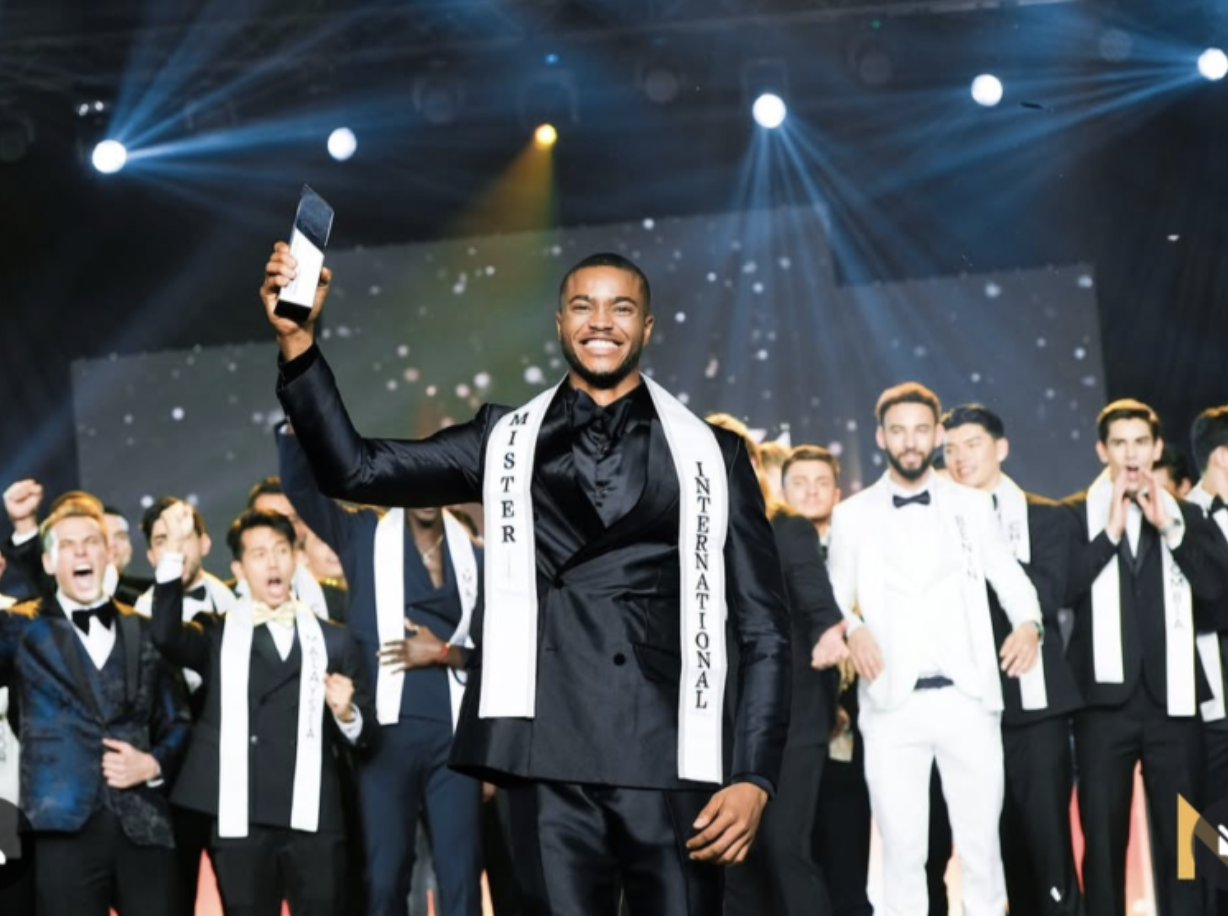
Nigerian model Samuel Nwajagu made history by becoming the first African to win the prestigious Mister International title.
This landmark achievement occurred during the 16th edition of the pageant, held in Bangkok, Thailand.
The event saw 47 contestants from around the globe, including debutant countries like Cameroon, England, Benin Republic, and Mali, competing for the coveted title.
Mister International, regarded as one of the largest male beauty pageants globally, is second only to Mister World in terms of national-level participation.
Since its establishment in 2006 by the late Alan Sim in Singapore, the competition has grown to attract participants from over 80 countries, with an annual average of 38 contestants.
This year’s competition incorporated several activities, from city tours to preliminary rounds showcasing physical fitness, cultural attire, and formal wear.
Contestants also faced topical questions, allowing them to display their intelligence, confidence, and charisma.
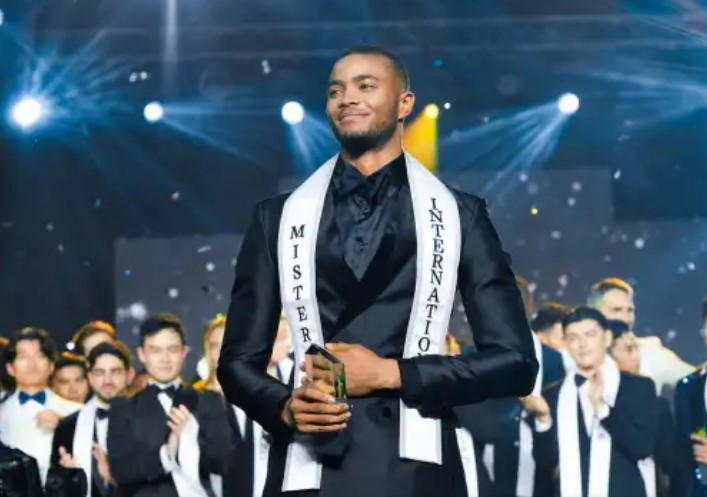
Nwajagu’s remarkable poise and versatility set him apart, ultimately earning him the title. He triumphed over Nguyễn Mạnh Lân from Vietnam and Glenn Victor Sutanto from Indonesia, who were among the top finalists.
Kim Thitisan Goodburn, the 2023 Mister International winner, passed on the crown to Nwajagu, symbolising the continuity of excellence in the competition.
Notably, the 2024 pageant marked a historic shift by permitting fathers, married men, and divorced individuals to compete for the first time in its 16-year history.
Hailing from Anambra State, 23-year-old Samuel Nwajagu is celebrated for his dedication to fashion, fitness, and wellness.
His victory not only highlights his talent but also underscores Africa’s growing representation on the global stage of pageantry. Through determination and charisma, Nwajagu’s success is an inspiration for aspiring models across the continent.
Check out more updates here.
ARTS & CULTURE
Does Anklet Really Signify Promiscuity?
Published
4 months agoon
December 7, 2024By
wpadminee
What is an anklet?
An anklet is a versatile piece of jewellery that women typically wear around their ankles. Crafted from materials like chains, beads, or a mix of both, anklet meanings vary across cultures and styles.
Many fashionable women choose anklets to make a bold style statement, embracing their elegance and charm.
In Nigeria, people often call this accessory a “leg chain” or “ankle chain,” reflecting its cultural relevance. In pop culture, it’s popularly known as an “ankle bracelet.”
Anklets here focus more on fashion than symbolism, though interpretations can differ. With various styles and intricate designs available, anklets offer countless aesthetic options, allowing women to showcase their personal flair.
Ultimately, anklet meanings can be deeply personal, influenced by tradition, culture, or simply individual taste.
Cultural and Historical Significance
Throughout history, anklets have held different meanings across various cultures. While some view them as mere adornments, others have associated them with deeper, sometimes controversial, connotations.
In some societies, ancient and modern, anklets symbolise promiscuity.
Early Usage in Ancient Civilisations
Egypt is often credited as the birthplace of anklets, but India played a significant role in their widespread acceptance. In India, anklets were part of traditional attire, known as pattilu, payal, or nupu.
These terms also include Paujinupur and padapadma. Early Indian literature, such as the first-century epic Silappatikaram, mentions anklets, highlighting their cultural importance.
Rajasthani women were known for their elaborate anklet designs, reflecting regional traditions.
Among the Odisha people, gold anklets were once reserved for warriors, while brides included them as part of their wedding regalia.
Married women often wore anklets to signify their marital status, and dancers used those with dangling bells to enhance their performances.
Similarly, in ancient Egypt, anklets indicated social status. Wealthy women wore gold anklets, while silver or leather versions were common among slaves and the poor.
These accessories, known as menefret or kholkai, reflected one’s place in the social hierarchy. Interestingly, some accounts suggest that anklets were linked to temple worshippers and even prostitutes, though these claims remain largely unverified.
Modern Evolution and Symbolism
Over time, the meaning of anklets has evolved significantly. In the 1970s, during America’s “sexual revolution,” anklets became symbols of female empowerment and liberation.
This era emphasised women’s freedom to express themselves, including their sexuality. Consequently, anklets began to carry connotations of promiscuity, especially within the “hotwife” culture.
The “Hotwife” Phenomenon
A “hotwife” refers to a married woman who engages in consensual extramarital relationships with her husband’s approval. Various anklet symbols reflect this dynamic:
- Two male symbols and one female symbol: Indicate openness to relationships with men of any race.
- Queen of spades: Represents a preference for Black men.
- Heart symbol: Suggests a happy marriage that includes mutually beneficial intimate relationships outside the primary partnership.
- The key to happiness: Denotes a marriage where the husband’s extramarital activities are contingent on his wife’s consent.
Anklets in Contemporary Nigerian Fashion
Today, many Nigerian women wear anklets purely for their aesthetic appeal, often unaware of the historical or cultural associations. For them, anklets are fashion accessories, not symbols of promiscuity or class distinction.
Despite lingering societal judgments, especially within conservative African contexts, it’s essential to recognize that fashion choices are personal.
Women should not face harsh criticism for wearing anklets, as these judgments stem from outdated or culturally irrelevant perspectives.
In conclusion…
Anklets are versatile fashion pieces that have transcended their historical roots. While some cultural connotations persist, modern women wear anklets to express their style and individuality.
It is crucial to separate fashion from judgement and allow women the freedom to make their own choices about their bodies and accessories.
Let’s appreciate anklets for what they are today: beautiful, empowering symbols of self-expression.
Read more articles here.
Latest


Samsung Galaxy S25 Series Sets The Standard Of AI Phones As A True AI Companion
Samsung Galaxy S25 series sets the standard of AI phones as a true AI companion …Pioneering the multimodal era with...


5 Things To Expect In Afrobeats In 2025
Afrobeats is poised to reach unprecedented heights in 2025 as Nigerian music continues its remarkable global ascent. The genre’s explosive...


Here Are The 7 Most Ancient Countries On Earth
The oldest countries in the world stand as remarkable testaments to human civilisation, each containing landscapes and monuments that narrate...


Why Self-Reflection Is More Important Than Resolutions
Millions of people embark on a yearly ritual: they sit down with a notebook and pen, eager to craft a...


Nollywood Director, Kemi Adetiba Teases King Of Boys 3
Nollywood director Kemi Adetiba has revealed that another instalment of King of Boys will be released on December 25, 2025....


John McEnroe Says He Can Be The Commissioner Tennis Needs Amid Doping Crisis
Recent doping controversies involving top players have not damaged tennis’s reputation, but John McEnroe believes that appointing a single commissioner...


“Everybody Loves Jenifa” Becomes Nollywood’s Highest-Grossing Film Of All Time
Nollywood filmmaker Funke Akindele has achieved a historic milestone with her latest film, “Everybody Loves Jenifa.” The film has officially...


FG To Premiere TV Series, “Hidden Riches” On Mining Sector On January 25
Nigeria’s Federal Government will launch an ambitious television drama series focused on the nation’s mining sector, premiering “Hidden Riches” on...


Qing Madi Delivers A Soulful Performance Of “Favourite Pyscho”
Rising Afro-RnB sensation Qing Madi launches into 2025 with a mesmerising performance on the prestigious COLOURS platform, showcasing her latest...


Taiwo Awoniyi’s First Goal Of The Season Seals Nottingham Forest’s Win Over Wolves
Taiwo Awoniyi made a triumphant return to Premier League action. He scored in stoppage time to help Nottingham Forest crush...
-Ad-





